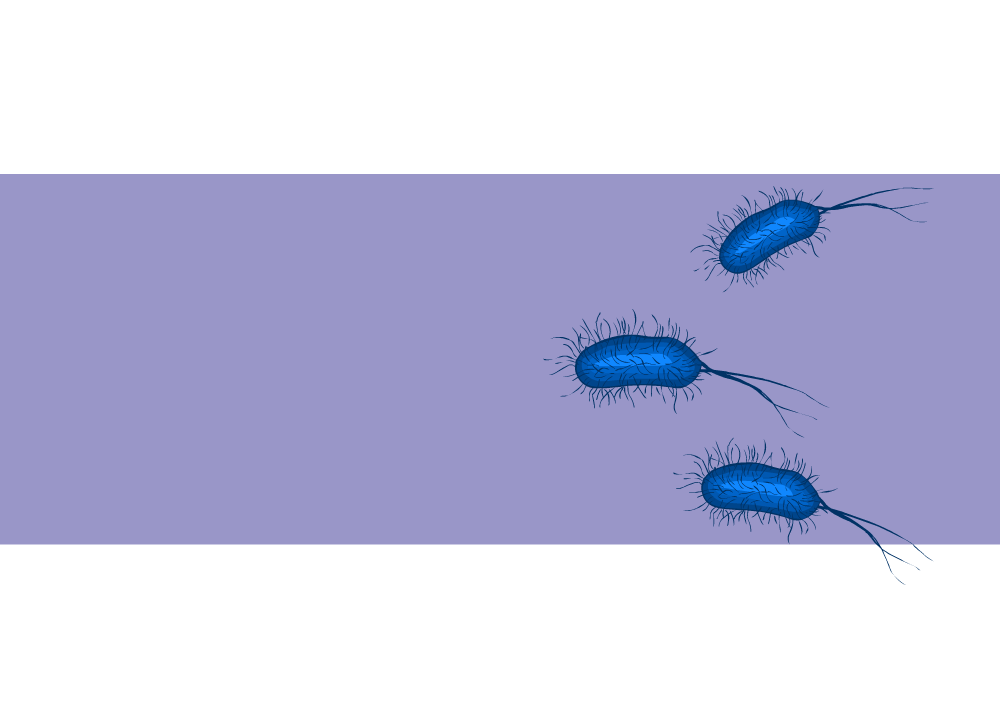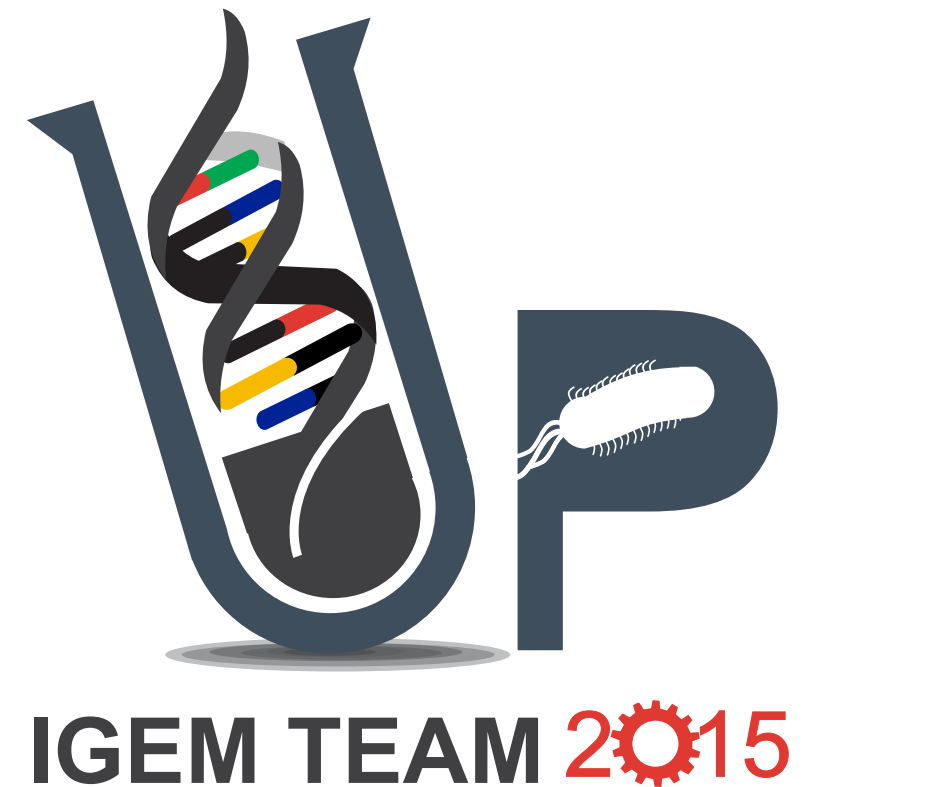Difference between revisions of "Team:Pretoria UP"
| Line 92: | Line 92: | ||
<p> | <p> | ||
| − | The Pretoria UP iGEM team of 2015 have proposed a designed for intelligent motile bacteria based on a combination of DNA modules that confer different functions. The synchronous behaviour of the bacteria will be achieved through a quorum sensing module allowing the population to behave as a swarm instead of disparate units. A conditional response to an environmental signal is conferred through a post transcriptional control technique known as riboswitching, thus the bacterial swarm may recognise and respond to | + | The Pretoria UP iGEM team of 2015 have proposed a designed for intelligent motile bacteria based on a combination of DNA modules that confer different functions. The synchronous behaviour of the bacteria will be achieved through a quorum sensing module allowing the population to behave as a swarm instead of disparate units. A conditional response to an environmental signal is conferred through a post transcriptional control technique known as riboswitching, thus the bacterial swarm may recognise and respond to a chemical attractant. Since the system makes use of several modular component, an AND gate is required to process the various signals which in turn would trigger a genetic switch in the bacterial chemotaxis. The irreversible change is programmed by a DNA recombination switch which inverts the directionality of a promoter through the Cre-loxP pathway. We invite you to explore the various aspects of the on this site. |
</p> | </p> | ||
Revision as of 08:54, 18 September 2015

Project Description
The Pretoria UP iGEM team of 2015 have proposed a designed for intelligent motile bacteria based on a combination of DNA modules that confer different functions. The synchronous behaviour of the bacteria will be achieved through a quorum sensing module allowing the population to behave as a swarm instead of disparate units. A conditional response to an environmental signal is conferred through a post transcriptional control technique known as riboswitching, thus the bacterial swarm may recognise and respond to a chemical attractant. Since the system makes use of several modular component, an AND gate is required to process the various signals which in turn would trigger a genetic switch in the bacterial chemotaxis. The irreversible change is programmed by a DNA recombination switch which inverts the directionality of a promoter through the Cre-loxP pathway. We invite you to explore the various aspects of the on this site.



